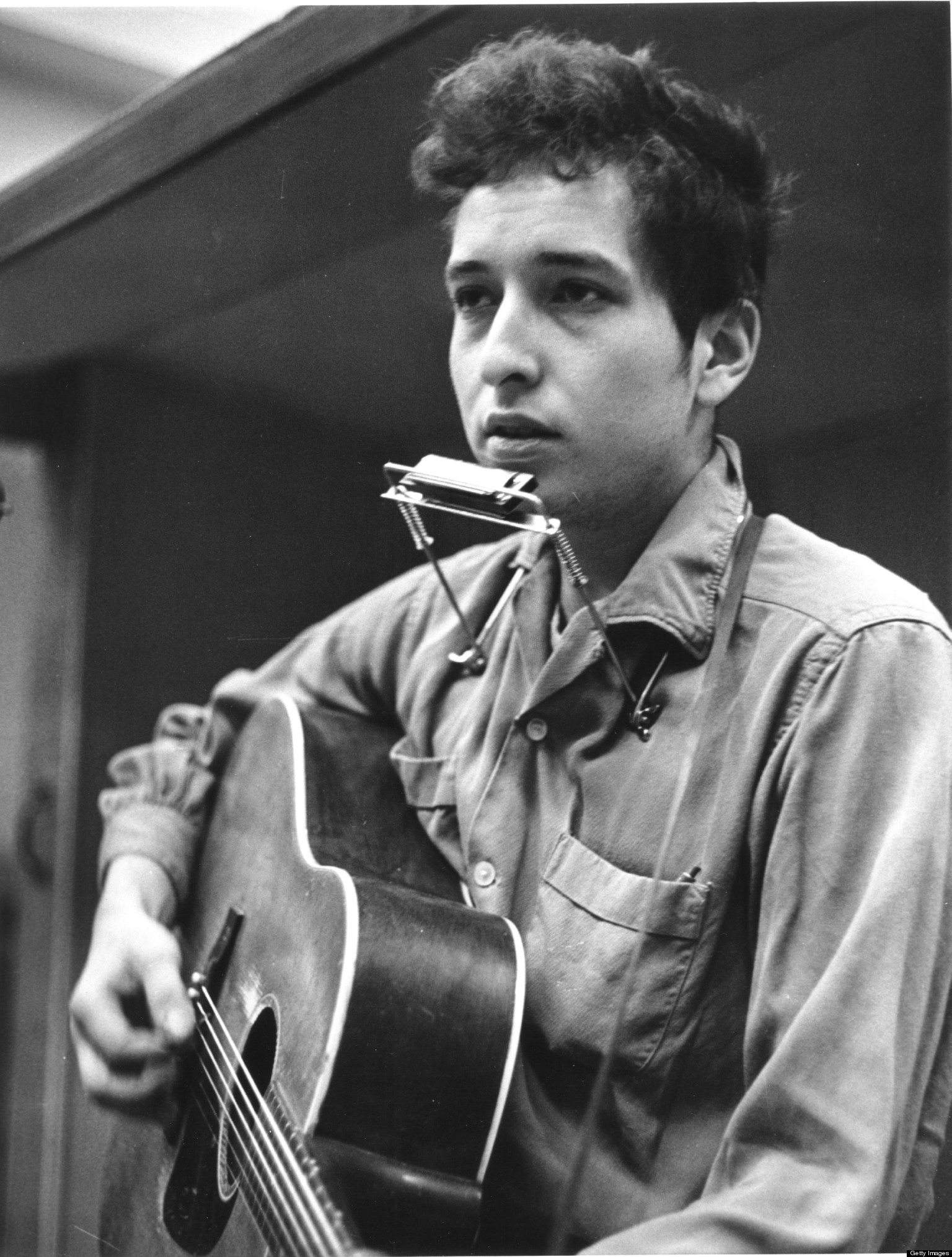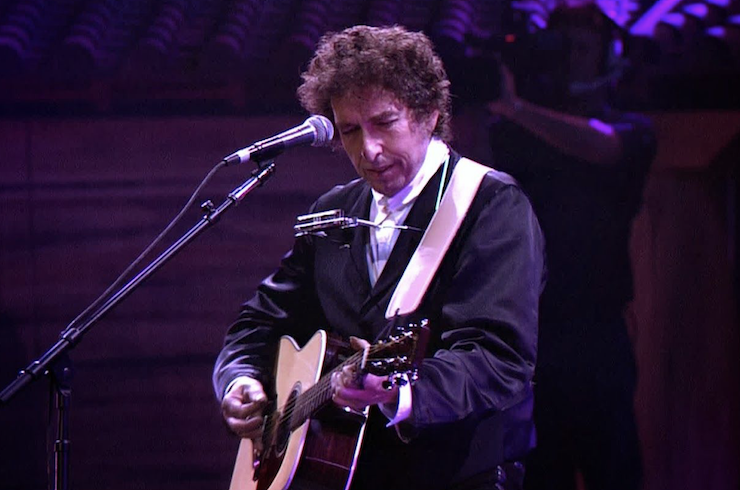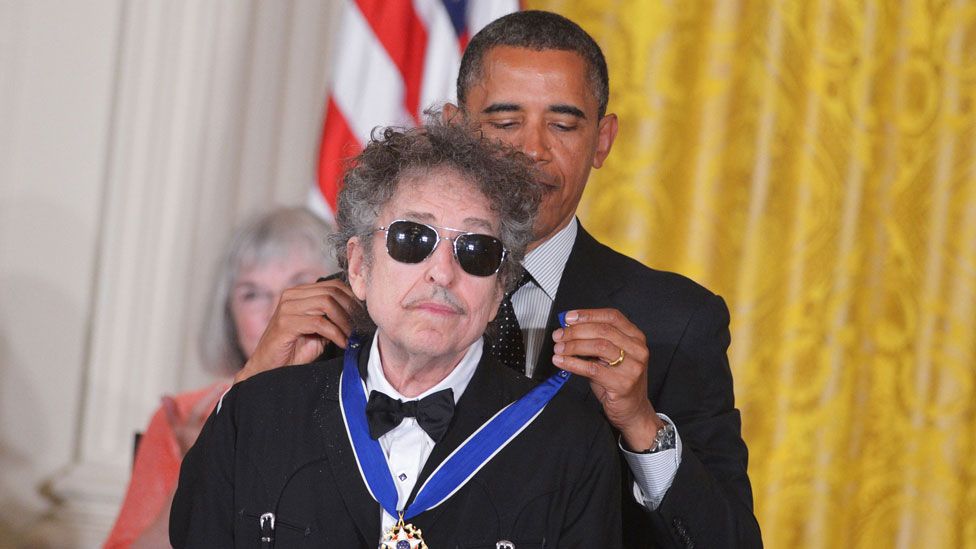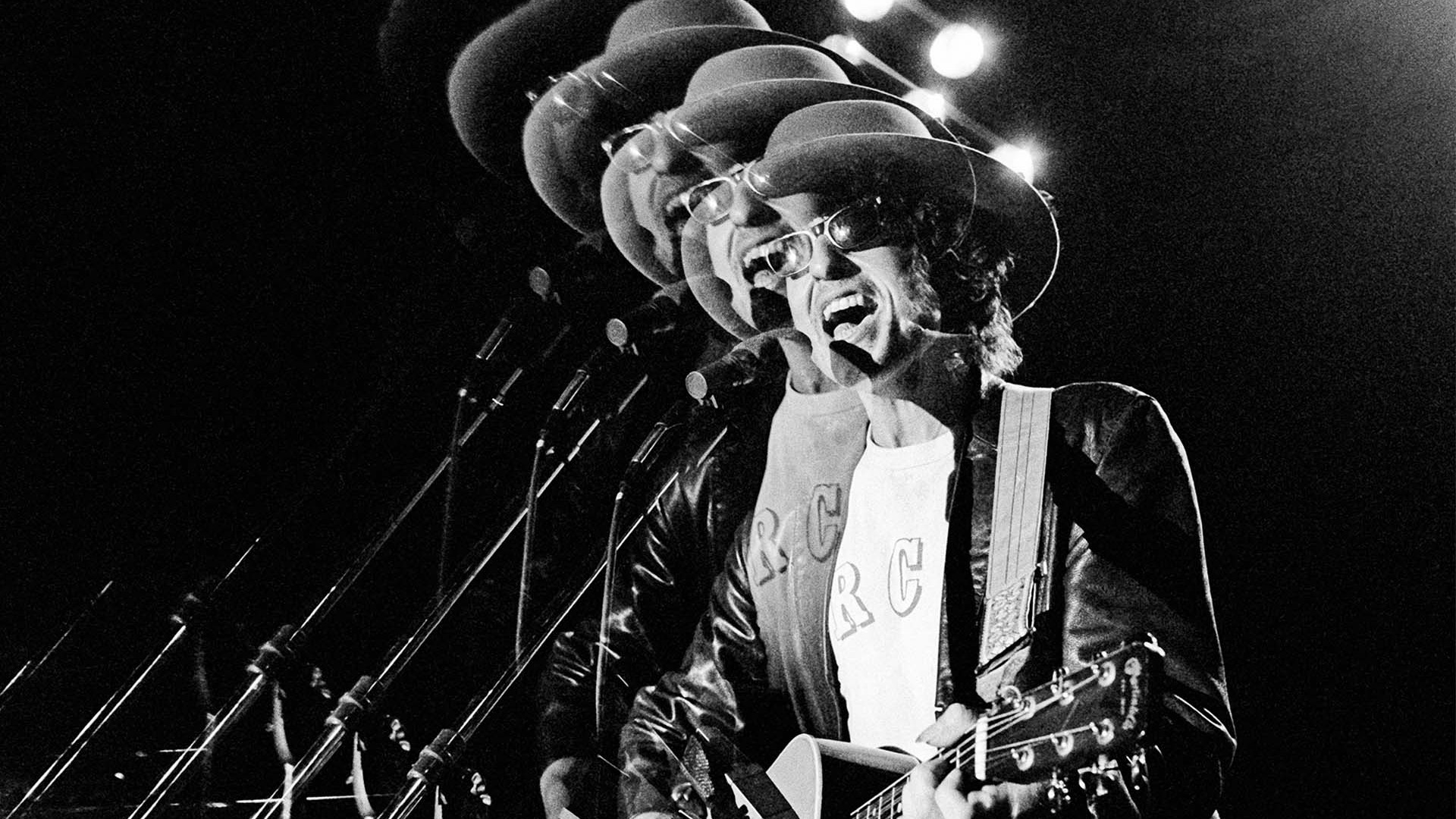By Maria Papagiannopoulou,
Bob Dylan, originally named Robert Allen Zimmerman, is an American folk singer who transitioned from folk to rock music in the 1960s, integrating rock and roll lyrics, which had previously focused on boy-girl love innuendo, with the intellectualism of classic literature and poetry. Dylan, hailed as his generation’s Shakespeare, sold tens of millions of CDs, penned more than 500 songs that were recorded by more than 2,000 artists, performed all over the world, and established the standard for lyric writing. In 2016, he was awarded the Nobel in Literature. Since it is his 81st birthday today, let us go back in time and take a closer look at one of America’s greatest songwriters of all time.
He grew up in Hibbing, a mining town in northeastern Minnesota, where his father co-owned Zimmerman Furniture and Appliance Co. He got his first guitar at the age of 14 and later played in a series of rock & roll bands as a high school student, inspired by the music of Hank Williams, Little Richard, Elvis Presley, and Johnny Ray. He played the piano for emerging pop sensation Bobby Vee for a brief while in 1959, right before enrolling at the University of Minnesota in Minneapolis. He explored the bohemian district of Minneapolis known as “Dinkytown” while being in college. He began singing folk music in coffeehouses, taking the surname “Dylan” after being inspired by Beat poetry and folk singer Woody Guthrie (after the Welsh poet Dylan Thomas).
Dylan arrived in late January 1961 to an unforgiving New York City winter. He was a survivor at heart, relying on the kindness of numerous benefactors who were enchanted by his performances at Gerde’s Folk City in Greenwich Village and supported him with food and shelter. He immediately developed a cult following and was hired to play harmonica for a Harry Belafonte recording session within four months. In September 1961, talent scout-producer John P. Hammond researched and signed Dylan to Columbia Records in response to Robert Shelton’s glowing New York Times review of one of Dylan’s live shows. The term “Hammond’s Folly” was given to Dylan, because of his disheveled look and roots-oriented song material.

In March 1962, Dylan’s self-titled debut album was released to mixed reviews. Many critics were perplexed by his singing voice, which was a cowboy lament tinged with Midwestern patois and an unmistakable homage to Woody Guthrie. It took some time to get acclimated to the sound. Dylan’s second album, The Freewheeling’ Bob Dylan (released in May 1963), was a clarion call in comparison. His peculiar voice, which divided parents and children and established him as part of the developing counterculture, “a rebel with a cause,” was swiftly accepted by young ears all across the world. Furthermore, his first major piece, “Blowin’ in the Wind”, made it clear that he was not a one-trick pony. Around this time, Dylan signed a seven-year management deal with Albert Grossman, who quickly replaced Hammond with Tom Wilson, another Columbia producer.
In April 1963, at Town Hall, Dylan gave his first significant New York City concert. He walked out on a wonderful opportunity in May when he was told he could not sing“Talkin’ John Birch Paranoid Blues” on Ed Sullivan’s popular television show. Dylan made his first appearance at the Newport Folk Festival that summer, championed by folk music’s doyenne, Joan Baez, and was essentially anointed the monarch of folk music. His next album’s prophetic song title, “The Times They Are A-Changin'” (1964), became an immediate anthem.
“Oh Mercy”, produced by Daniel Lanois, was released in 1989, and it marked Dylan’s return to form. Dylan was named to Life magazine’s list of the 100 most important Americans of the 20th century in 1990, and he got a lifetime achievement award from the Recording Academy in 1991. In 1992, Columbia Records held a star-studded performance in New York City to commemorate the 30th anniversary of Dylan’s signing.

As the decade came to a close, Bob Dylan, whom Allen Ginsberg dubbed “the greatest poet of the second half of the twentieth century,” performed for the Pope at the Vatican, was nominated for the Nobel Prize for Literature, received a Kennedy Center Honor, and was named Commander in the Order of Arts and Letters (the highest cultural award presented by the French government). In a sort of comeback in 1998, he won 3 Grammy Awards for Time Out of Mind, including album of the year (1997). For “Things Have Changed”, from the film Wonder Boys (2000), he received a Golden Globe and an Academy Award for best original song in 2000. In 2002, Dylan won another Grammy for Love and Theft (2001).
In 2003, he co-wrote and starred in the film Masked and Anonymous (2003), and in live performances, he began to favor keyboards over the guitar. The next year, he published Chronicles: Volume One, the first of a planned series of memoirs. In 2006, as the host of the weekly Theme Time Radio Hour on satellite radio, Dylan published Modern Times, which earned a Grammy Award for Best Contemporary Folk Album.
In 2007, the jury that awarded Dylan Spain’s Prince of Asturias Prize for the Arts described him as a “living myth in the history of popular music and a light for a generation that dreamed of changing the world”, and the Pulitzer Prize Board gave him a special citation for his “profound impact on popular music and American culture” in 2008.

Dylan received accolades for his highly felt interpretations on the albums Shadows in the Night (2015), Fallen Angels (2016), and the three-disc Triplicate (2017). With Rough and Rowdy Ways, he returned to spectacular lyrical form once more (2020). Dylan continues to be honored, with the Presidential Medal of Freedom being among them (2012). He was awarded the Nobel Prize for Literature in 2016 for “creating new creative forms within the great American song heritage,” according to the Swedish Academy that bestowed the award.
References
- Bob Dylan, wikipedia.org, Available here
- Bob Dylan’s biography, biography.com, Available here
- Clinton Heylin Wrote Eight Bob Dylan Books. Then He Realized He Needed to Start All Over, rollingstone.com, Available here




